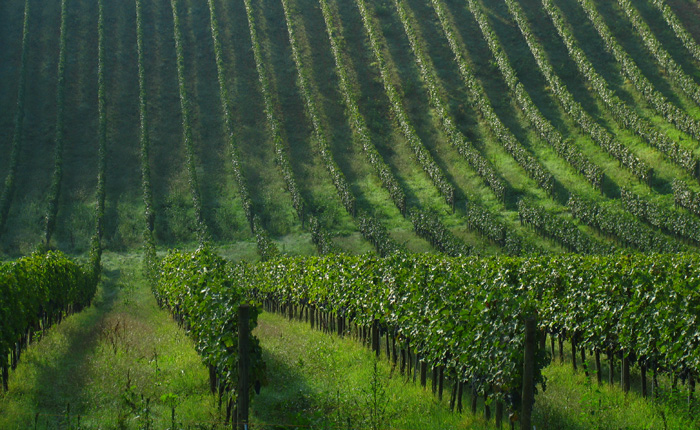
It has been a familiar theme in this column since I started: Knowing the grape variety will tell you only a fraction of the story of wine.
A cabernet sauvignon will almost always be a powerful wine in terms of flavour and tannin. A pinot noir will be more delicate and less tannic. But the devil is in the detail. Unless you know where the grapes were grown, you won’t have a very good idea what the wine is really about, how it will drink, and ultimately whether it will be what you are looking for.
So if you are a fan of Napa Valley cabernet sauvignon, then you prefer your cab with more fruit, higher alcohol and riper, less drying tannins. If you buy a Bordeaux, a Ste-Estephe, for example, where cabernet sauvignon dominates the blend, then you risk being disappointed because it will have a whole lot more drying tannin and be decidedly less fruity.
It’s the same thing for pinot noir. Red Burgundy fans like their pinot with higher acidities, nuanced fruit and aromatics, and super fine tannins. Open a classic Sonoma pinot noir from California and it is an entirely different wine as it will show much more obvious fruit, a richer texture and very little tannin.
How do I know this? Because when I drink a wine, I take note of where it was grown. Napa Valley, Bordeaux, Ste-Estephe, Burgundy, Russian River are all names of defined geographical regions that produce wine. They are all wine appellations.
What is an appellation? An appellation is a legally defined area that produces something considered to be unique because of geographical and human influences, including climate, soils, means of production and raw materials. If producers in a region or sub-region make a wine or food, like cheese, for example, that they consider to be distinctive and unique, they can apply for appellation status for that product.
While the idea is starting to spread around the world, it is primarily a European concept. When member states of the European Union signed the Treaty of Lisbon in 2007, which was enacted in 2009 and provided increased protection and created a common nomenclature for these appellations, what they now call Geographical Indications (GI) was one of the articles.
To attain GI status for a product is not an easy task. First it requires a number of producers getting together and defining what is unique about their product and creating such things as strict rules for its production. The application then goes to a national body within their country, which examines the proposal and decides whether the product is actually unique.
This can take years. It is only after the country has approved it and given it a national GI that it can be sent to Europe.
Last week I attended an interesting seminar led by Riccardo Ricci Curbastro, the president of Federdoc, the organization in charge of the Italian wine industry’s appellation system. He was in Montreal to talk about how Italy’s appellation designations have changed since 2009. I’ll run through that briefly in another article, but it is still as confusing as ever, as it is in most countries.
What I found more interesting was Curbastro’s version of the history of appellations, and how it relates to cultural differences between Latin and Anglo-Saxon culture, and Europe and the rest of the world.
According to Curbastro, the beginnings of “appellations” date back to Roman times and had to do specifically with wine. They found that wines from certain areas were consistently better than others. So, in order to stop unscrupulous producers outside of those areas from misrepresenting their wines by claiming they were from the better areas, laws were created to protect consumers.
What the Romans didn’t do was ask why these products were so unique. That wouldn’t start happening until the 18th century, again in Italy, when in 1716, the Chianti region became the world’s first “protected” wine-growing zone with codified rules.
Outside of Europe, especially in North America, there has been a certain resistance to appellations, primarily because of the desire to be “free” from the strict rules that govern them. Curbastro explained that Anglo-Saxons created the “trademark” as a way of protecting what is unique, with its owner being an individual, business organization or any legal entity. Appellation is a Latin concept in which the unique product is protected by the community and the state, so nobody owns it; rather, it is there for all.
We are starting to see this concept of appellation take root around the world. In Quebec, both ice wine and ice cider have protected appellation status, as does Charlevoix lamb and Canadian Cow cheese.
As consumers become more and more aware of what they eat and drink, we should see more appellations in wine and food production. Of course, much of this depends on how much you, the consumer, value what is “unique.”
Source: http://www.canada.com/mobile/iphone/story.html?id=13436985
